Soccer alumni games represent far more than friendly matches between former players and current teams. These events create powerful connections spanning generations, preserve program tradition, strengthen community bonds, and provide current players with tangible links to program history. When combined with comprehensive photo archives documenting decades of soccer achievements, alumni games become transformative experiences that celebrate the past while inspiring future success.
Athletic directors, coaches, and alumni coordinators increasingly recognize that soccer programs thrive when they honor history while building toward the future. Alumni games and photo archives serve both purposes—celebrating the athletes, teams, and moments that built program legacies while demonstrating to current players that they’re part of something larger than a single season. The memories created during competitive years deserve preservation, the relationships forged on soccer fields merit ongoing cultivation, and the achievements earned through dedication warrant lasting recognition.
This comprehensive guide examines every aspect of planning successful soccer alumni games and creating meaningful photo archives that preserve program history. Whether you’re organizing your first alumni match or enhancing existing programs with modern digital solutions, understanding how to honor soccer excellence creates lasting value for players, families, and communities who support your program.
The Unique Power of Soccer Alumni Games
Soccer alumni events create distinctive opportunities that benefit current programs, former players, and broader soccer communities in ways few other activities can match.
Bridging Generations Through Shared Passion
Soccer’s global appeal and lifelong player commitment make alumni games particularly powerful connection vehicles. Unlike sports where participation typically ends after competitive careers, soccer attracts lifelong players who maintain skills and passion for decades after their high school or college years conclude.
Multi-Generational Connection Benefits:
When alumni spanning multiple decades return for games, current players gain perspective on program evolution, tradition depth, and the lasting impact soccer participation creates. Conversations between 18-year-old current players and 50-year-old alumni who played for the same program create understanding that lectures about tradition cannot replicate.
Alumni games demonstrate that soccer connections transcend competitive years. Players who graduated 30 years apart discover shared experiences—the same practice fields, similar training challenges, parallel competitive pressures, and the character-building journey that soccer demands. These commonalities strengthen identity around program membership that spans generations.
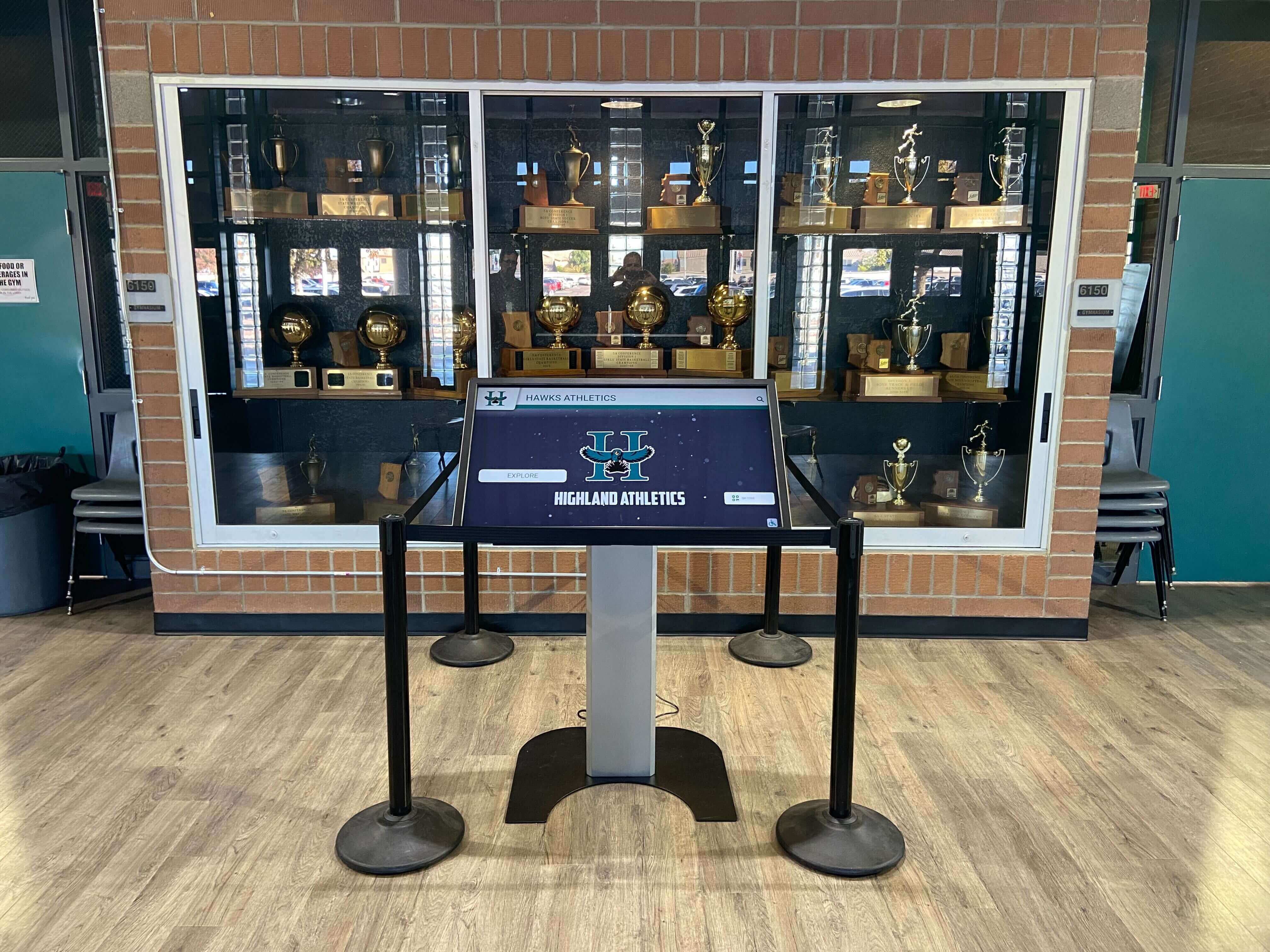
Younger alumni often serve as particularly effective mentors and role models for current players. Former team members who recently graduated and perhaps play recreationally or coach provide realistic examples of how soccer skills, discipline, and relationships remain valuable throughout adult life. Their stories about balancing soccer with careers, maintaining fitness, and applying lessons learned on soccer fields to professional challenges inspire current players while making alumni feel their experiences matter to younger generations.
Strengthening Program Culture and Identity
Strong program culture differentiates consistently successful soccer programs from those experiencing sporadic success. Alumni games contribute powerfully to culture building by making tradition visible and tangible rather than abstract.
Cultural Impact Mechanisms:
Historical Continuity: Alumni games physically demonstrate program longevity and sustained excellence. Current players see that their program existed before them and will continue after graduation, creating perspective that individual seasons represent chapters in ongoing stories rather than isolated events.
Standard Setting: When accomplished alumni return and discuss their careers—competitive achievements, training commitments, team relationships—they establish standards for current players. Hearing directly from former players about what excellence required proves more impactful than coach lectures alone.
Accountability to Tradition: Knowing that alumni remain invested in program success creates healthy accountability for current players. The desire to make alumni proud, maintain program standards they established, and eventually return as respected alumni themselves motivates sustained effort and character development.
Collective Identity Formation: Alumni games strengthen identity around program membership rather than just individual team rosters. Players begin identifying as “part of [School Name] soccer” rather than simply members of their graduating class’s team. This expanded identity creates stronger, longer-lasting connections.
Providing Practical Learning Opportunities
Beyond emotional and cultural benefits, alumni games offer concrete learning and development opportunities for current teams.
Technical and Tactical Learning:
- Observing experienced players’ decision-making under pressure
- Learning positioning and movement patterns from older players
- Understanding game management and tempo control
- Gaining exposure to different playing styles and approaches
- Receiving real-time feedback from knowledgeable former players
Character and Leadership Development:
- Experiencing competitive environments with less pressure than regular matches
- Building relationships with alumni who model positive values
- Developing confidence through interaction with accomplished players
- Understanding long-term perspective on competitive challenges
- Learning how to compete respectfully and maintain sportsmanship
Many coaches structure alumni games to maximize learning value—perhaps playing mixed teams combining current players and alumni, implementing specific tactical scenarios alumni can help demonstrate, or scheduling extended halftime discussions where alumni share insights about competitive experiences.
Planning Successful Soccer Alumni Games
Effective alumni games require thoughtful planning addressing logistics, communication, programming, and the balance between competition and celebration.
Establishing Event Goals and Format
Before addressing logistics, clarify what you want alumni games to achieve. Different goals suggest different event structures and planning approaches.
Common Alumni Game Objectives:
Reconnection and Relationship Building: If primary goals center on strengthening alumni relationships with programs and each other, structure events emphasizing socializing alongside competition. Consider longer pre-game and post-game gatherings, mixed team formats encouraging interaction, and programming beyond just playing matches.
Fundraising: Alumni games can generate program funding through ticket sales, alumni donations, raffles, or sponsorships. If fundraising represents a primary goal, implement ticketing systems, create recognition opportunities for donors, and clearly communicate how funds will support current programs.
Recruitment and Visibility: Alumni games showcase programs to prospective players, families, and communities. If recruitment matters significantly, schedule games when prospective families can attend, create program information displays, and ensure current team quality is demonstrated through competitive play or skill exhibitions.
Current Team Development: If developing current players represents the priority, structure game formats maximizing learning opportunities—perhaps play alumni-current player mixed teams, implement specific tactical challenges, or schedule coaching moments between game segments.
Most successful alumni games address multiple objectives, but understanding priorities helps make planning decisions when objectives conflict or resources require allocation choices.
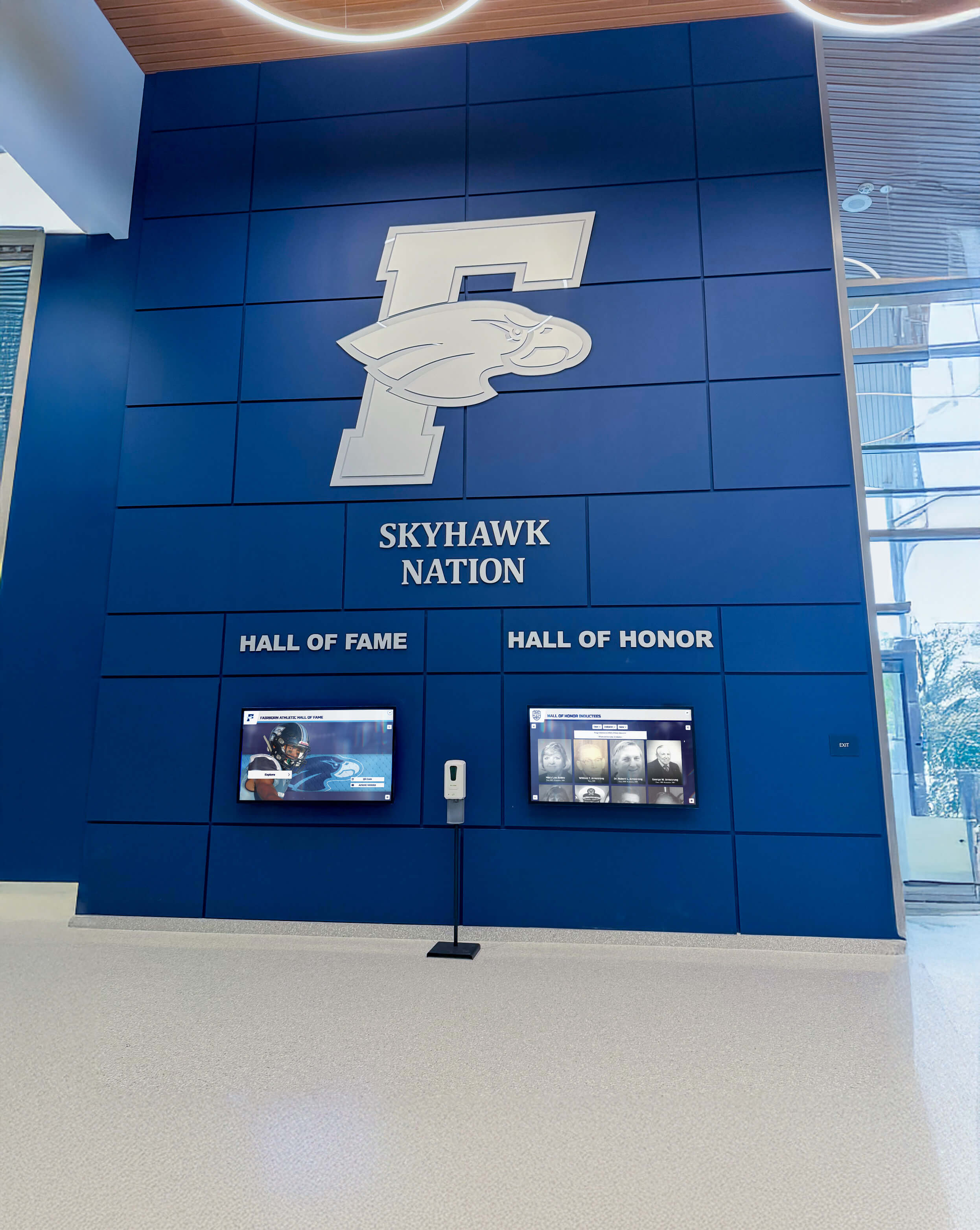
Selecting Optimal Timing and Scheduling
When you schedule alumni games significantly impacts participation and event success.
Timing Considerations:
Academic Calendar Alignment: For school-based programs, schedule during periods when both current players and alumni can reasonably participate. Common timing options include:
- Homecoming weekends when alumni return for school-wide events providing built-in attendance
- Holiday breaks when younger alumni return home from college or work
- Late summer before fall seasons begin, catching alumni before autumn commitments intensify
- Spring break periods when weather improves and schedules temporarily relax
Season Relationship: Consider where alumni games fit relative to competitive seasons. Pre-season timing allows current teams to benefit from training effect of playing experienced opponents. Mid-season games risk interference with competitive preparation. Post-season games celebrate completed seasons while players maintain fitness and team cohesion.
Weather Planning: Outdoor soccer faces weather uncertainties. Late spring through early fall offers best conditions in most regions. If scheduling during uncertain weather periods, arrange indoor facility backup options or establish clear postponement procedures communicated in advance.
Competing Events: Research local calendars avoiding conflicts with major community events, other school athletics, or holidays that limit participation. Alumni games compete for attention with countless demands on people’s time, making clear calendar dates essential.
Notice Requirements: Alumni need substantial advance notice to arrange travel, coordinate schedules, and prioritize attendance. Announce dates at least 3-4 months in advance, ideally 6+ months for milestone events expecting significant travel.
Reaching and Engaging Alumni
Successful alumni games require finding former players who may have limited ongoing program connection and motivating participation despite busy adult lives.
Multi-Channel Communication Strategies:
Digital Outreach: Modern communication relies heavily on digital channels including:
- Social media groups dedicated to soccer program alumni where organizers post updates, share nostalgia, and build excitement
- Email campaigns reaching alumni whose contact information schools or booster clubs maintain
- Program websites featuring prominent alumni game information, registration systems, and countdown timers
- LinkedIn connections for professional outreach to alumni who maintain career-focused rather than personal social media
- Text message campaigns for close-proximity communication with high open rates
Solutions like Rocket Alumni Solutions provide alumni management platforms designed specifically for maintaining connections, managing communications, and organizing events like alumni games.
Traditional Outreach: Don’t neglect traditional communication methods that reach alumni who maintain minimal digital presence:
- Postal mail invitations for milestone events or older alumni demographics
- Phone call campaigns where committee members personally invite former teammates
- Local media announcements in community newspapers reaching area residents
- In-game announcements at current team matches attended by local alumni
Crowdsourced Alumni Finding: Current contacts help locate others. When you reach alumni, ask them to help find former teammates. Create online forms where contacted alumni can provide information about others’ locations or contact details. This networking chain effect expands reach beyond initial contact lists.
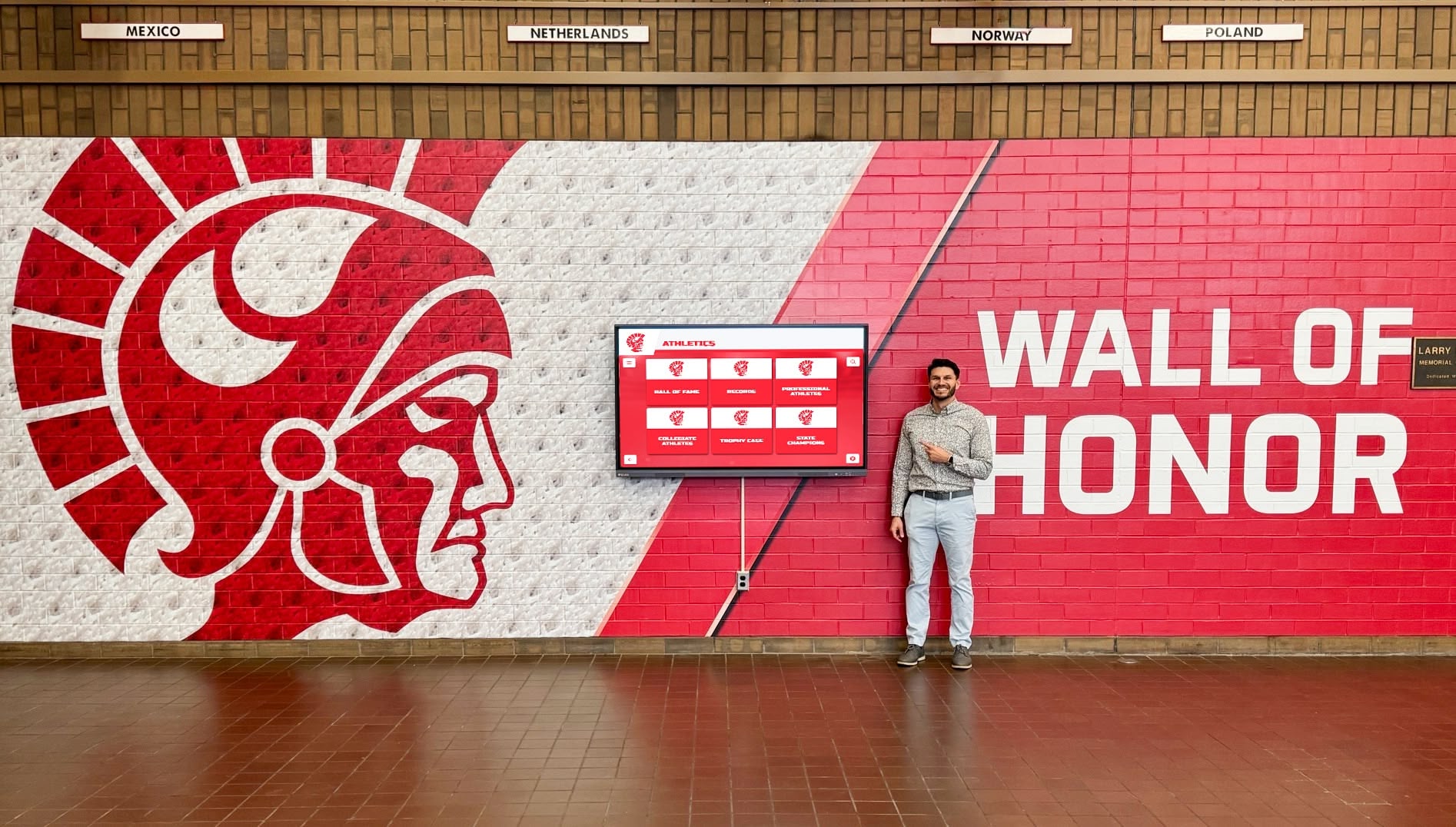
Event Logistics and Programming
Detailed logistics planning ensures smooth event execution while programming creates memorable experiences beyond just playing matches.
Essential Logistical Elements:
Registration Systems: Implement pre-registration allowing organizers to estimate attendance, collect participant information, gather waiver signatures, and communicate with confirmed attendees. Online registration platforms simplify tracking while reducing day-of-event administrative burden.
Waivers and Insurance: Alumni playing soccer face injury risks requiring liability protection. Consult school or club legal counsel about waiver requirements and insurance coverage. Most institutions require signed liability releases before allowing alumni to participate in athletic events.
Jersey and Team Organization: Decide how to distinguish teams during games. Options include providing jerseys in program colors, asking alumni to bring old uniforms, organizing by graduation decade (80s vs 90s alumni), or creating mixed current-alumni teams. Whatever approach you choose, communicate clearly in advance so participants arrive prepared.
Facility Arrangements: Confirm field reservations, locker room access, medical support availability, parking arrangements, and any facility usage fees well in advance. If hosting multiple games or extensive programming, map detailed facility use schedules preventing confusion or conflicts.
Officiating: Determine whether games need formal referees or can operate with informal self-officiating. For competitive games or when many participants are involved, neutral referees maintain fairness and appropriate game flow. For casual kickabouts, informal officiating works fine.
Game Format: Establish playing time, team sizes, substitution policies, and any rule modifications. Many alumni games use shortened periods, relaxed substitution rules allowing maximum participation, and modified rules reducing injury risk for players whose fitness levels vary widely from competitive years.
Programming Beyond Play:
The most memorable alumni events include structured programming surrounding games themselves:
Pre-Game Activities:
- Welcome reception with light refreshments
- Program history displays showcasing photos, trophies, and memorabilia
- Facility tours if campus has changed since alumni played
- Team photo opportunities with current and former players
- Recognition of milestone reunion years or special honorees
Halftime or Post-Game Programming:
- Remarks from coaches, administrators, or distinguished alumni
- Recognition of special achievements or service to programs
- Presentation of fundraising goals or improvement projects
- Question-and-answer sessions between current and former players
- Award presentations for game performance or alumni contributions
Post-Game Social Activities:
- Meals or receptions where alumni and current players interact
- Photo sharing sessions reviewing captured images
- Organized discussions about program traditions and future vision
- Informal socializing time in comfortable environments
- Scheduled tours or campus exploration for visiting alumni
Creating and Maintaining Photo Archives
Photo archives preserve program history in accessible, engaging formats that strengthen tradition, honor achievement, and connect generations of players.
The Value of Comprehensive Photo Archives
Photography documents soccer program history in uniquely powerful ways that statistics and written records cannot match.
Why Photo Archives Matter:
Visual Memory Preservation: Photos capture moments—championship celebrations, emotional victories, team camaraderie, individual achievements—in formats that evoke memories and emotions decades later. Former players may forget specific game details but instantly recall memories triggered by viewing action photos from their playing years.
Humanizing Program History: Statistics document performance, but photos reveal personalities, relationships, and the human dimensions of athletic programs. Team photos showcase changing fashion and equipment across decades. Candid shots capture authentic moments between teammates. Action photography demonstrates playing styles’ evolution over time.
Identity and Belonging: Seeing oneself documented in program archives validates participation and reinforces sense of belonging to something larger than individual experience. Players appreciate knowing their contributions were valued enough to preserve visually and permanently.
Recruitment and Engagement: Photo archives provide compelling content for recruiting prospective players, engaging current team families, and maintaining alumni connections. Visual program history demonstrates tradition, success patterns, and the enduring value of program participation.
Educational Resources: Archives teach current players about program evolution, past standards of excellence, and the athletes who established traditions they now uphold. Historical photos make abstract concepts like “program tradition” concrete and accessible.
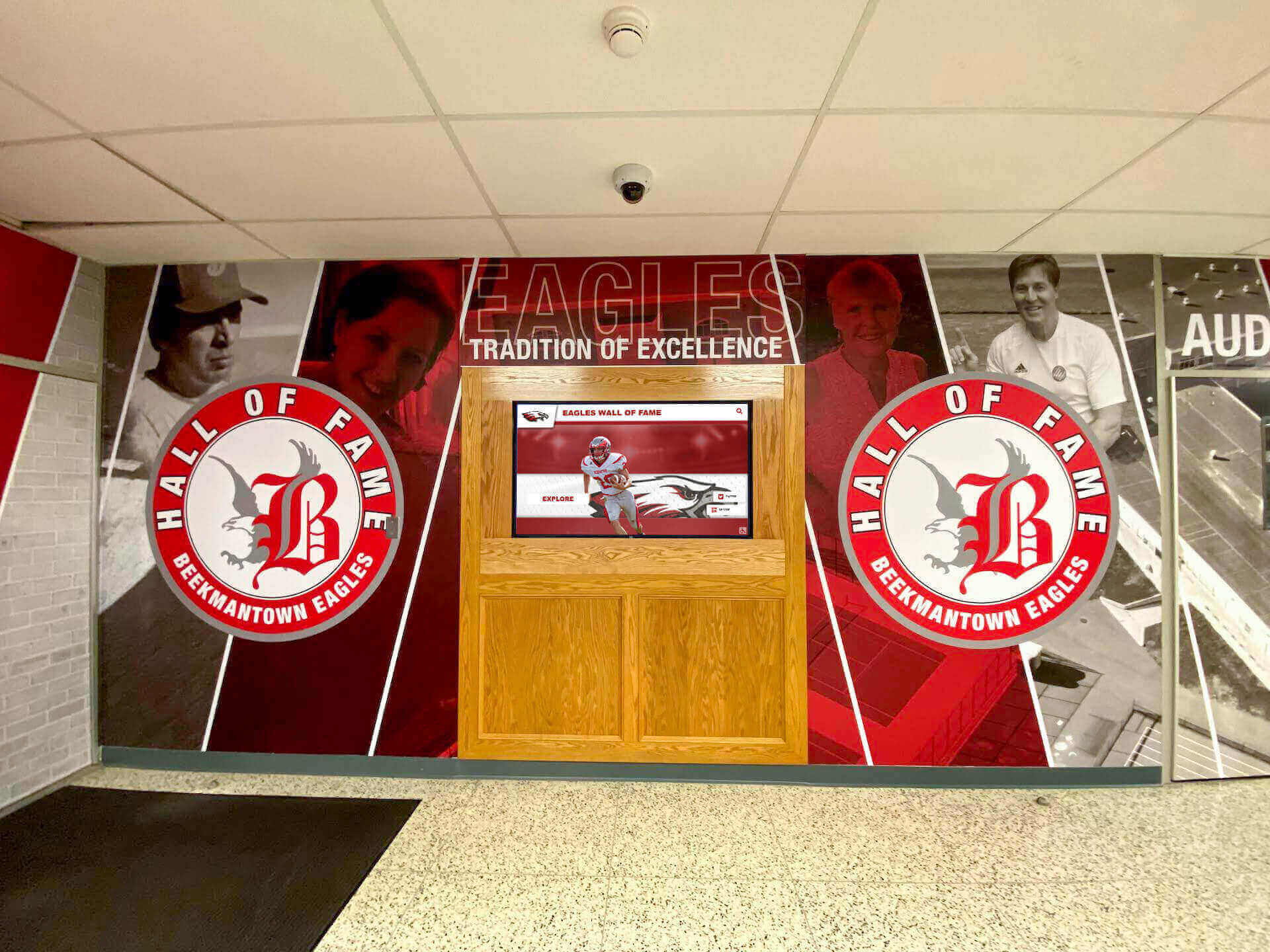
Gathering and Organizing Photo Collections
Building comprehensive archives requires systematic efforts collecting photos from diverse sources and organizing them for accessibility.
Photo Collection Strategies:
Institutional Sources:
- School or club official photography from games, practices, and events
- Yearbook collections documenting teams across decades
- Athletic department archives containing historical program materials
- Local newspaper photograph collections documenting community sports
- Program scrapbooks and historical records maintained by coaches or booster clubs
Alumni and Family Contributions:
- Request photo submissions from alumni and families through social media campaigns
- Organize photo digitization events where community members bring physical photos for scanning
- Accept digital uploads through online submission forms or shared drives
- Reach out specifically to alumni from older decades who may possess rare historical photos
- Acknowledge contributors publicly encouraging additional submissions
Professional and Commercial Sources:
- Team photographers who documented seasons professionally
- Sports photography businesses that covered local athletics
- Yearbook companies that may retain archives
- Media organizations with photo libraries from sports coverage
- Historical societies with community sports documentation
Organization and Metadata:
Raw photo collections without organization provide limited value. Systematic organization makes archives accessible and useful:
Categorization Systems:
- By academic year and season
- By team (varsity, JV, youth levels)
- By event type (games, practices, tournaments, ceremonies)
- By player, allowing individual athlete photo collections
- By location or opponent for specific game documentation
Metadata and Tagging: Include searchable information with each photo including date, opponent, event type, identified individuals, game context, and photographer credit when known. Rich metadata enables future searching and discovery of specific images from large collections.
Digital File Management:
- Use consistent, descriptive file naming conventions
- Maintain original high-resolution files with archival backups
- Create web-optimized versions for online sharing and displays
- Store in secure, redundant locations preventing loss
- Document file organization systems for consistency across time
For comprehensive guidance on managing digital assets for athletic programs, explore dedicated solutions designed specifically for educational institutions managing extensive media libraries.
Modern Digital Solutions for Photo Archives
Traditional physical photo archives—binders, display cases, wall-mounted photos—served programs for decades but face significant limitations in accessibility, capacity, and engagement potential.
Digital Display Advantages:
Searchable Databases: Digital platforms allow anyone to search archives by player name, year, team, or event type, instantly locating specific photos from potentially thousands of images. This searchability makes archives genuinely useful rather than preserved but practically inaccessible.
Unlimited Capacity: Digital systems eliminate space constraints that force difficult decisions about which photos to display and which to store. Every photo can be included in archives without physical space limitations determining what gets recognized and what remains hidden.
Multimedia Integration: Combine photos with video highlights, statistical records, narrative descriptions, and player profiles creating rich storytelling impossible with physical displays alone. Digital recognition boards can showcase both photographic archives and achievement records in integrated displays.
Dynamic Content: Rotate displayed content periodically, feature specific players or seasons in time-based displays, create themed presentations around rivalry games or championship anniversaries, and keep archives fresh and engaging through content variation.
Broad Accessibility: Online archives provide worldwide access allowing alumni living anywhere to explore program history, share memories with families, and maintain connections regardless of geographic distance. Mobile accessibility enables viewing from anywhere at any time.
Interactive Engagement: Touchscreen displays transform passive photo viewing into active exploration where visitors control what they see, how long they view specific images, and what connections they discover. This interactivity increases engagement time and deepens connections with content.
Social Sharing: Digital archives enable easy sharing on social media, email, or messaging, amplifying reach as alumni share favorite photos with former teammates and families. This organic sharing strengthens program visibility and alumni engagement.
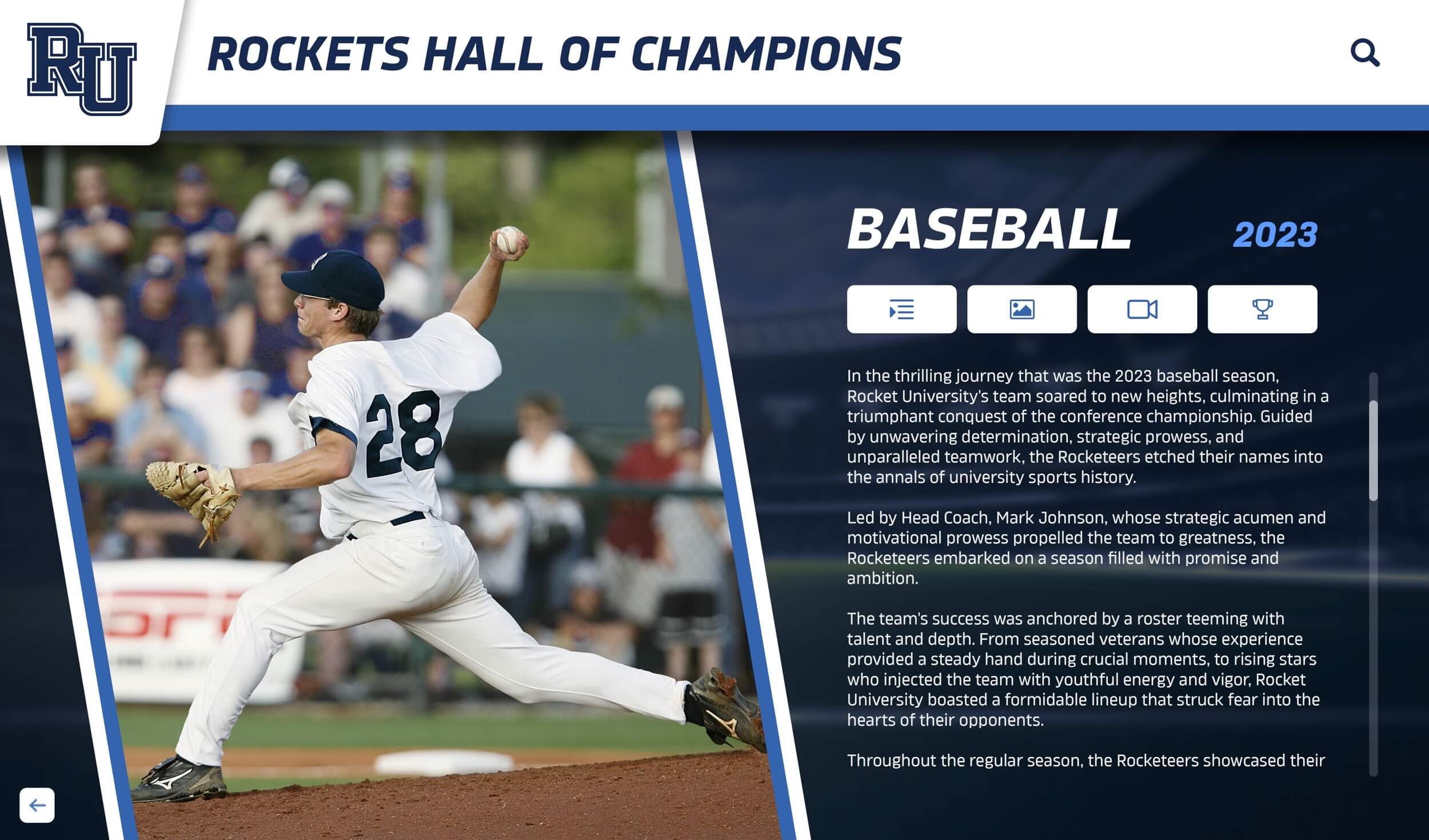
Solutions like Rocket Alumni Solutions provide specialized platforms designed specifically for athletic recognition and photo archiving, combining searchable databases, interactive displays, and comprehensive content management in systems that schools and clubs can easily maintain.
Implementing Interactive Photo Archive Displays
Installing physical displays at facilities creates central recognition hubs where current players, visiting families, and returning alumni engage with program history.
Display Location Strategies:
Strategic placement maximizes archive impact and access:
Athletic Facility Entrances: Position primary displays where all facility users pass—main gym or field house lobbies, locker room corridors, or stadium concourses. These high-traffic locations ensure regular exposure for current athletes.
Community Recreation Centers: If programs share facilities with community recreation programs, displays reach broader audiences including prospective players, families evaluating programs, and community members supporting local athletics.
School Main Buildings: Placing displays in main school lobbies extends visibility beyond athletes to entire student bodies, highlighting athletic excellence as part of comprehensive school culture.
Alumni Event Spaces: Install displays in areas where alumni naturally gather during reunions and homecoming events, creating engagement opportunities during times when alumni are most receptive.
Display Hardware Considerations:
Touchscreen Systems: Commercial-grade touchscreen displays provide interactive exploration capabilities enabling users to search, filter, and navigate photo archives intuitively. Screen sizes typically range from 55 to 75 inches depending on viewing environments and traffic patterns.
Mounting and Protection: Wall-mounted installations save floor space while providing secure mounting. Freestanding kiosks offer flexibility for temporary placements or spaces lacking appropriate wall mounting surfaces. Protective enclosures prevent damage in high-traffic environments.
Technical Requirements: Ensure adequate power supply, network connectivity for content updates, appropriate lighting avoiding screen glare, and consideration of Americans with Disabilities Act requirements for accessible mounting heights.
Content Management Systems:
Effective displays require content management platforms enabling easy updates without technical expertise:
- Cloud-based systems allowing remote content updates
- Intuitive interfaces for uploading photos and entering metadata
- Automated backups preventing data loss
- User permission systems for controlled editing access
- Analytics tracking usage patterns and popular content
For detailed information about implementing interactive touchscreen systems, explore comprehensive guides covering hardware selection, software capabilities, and content management strategies.
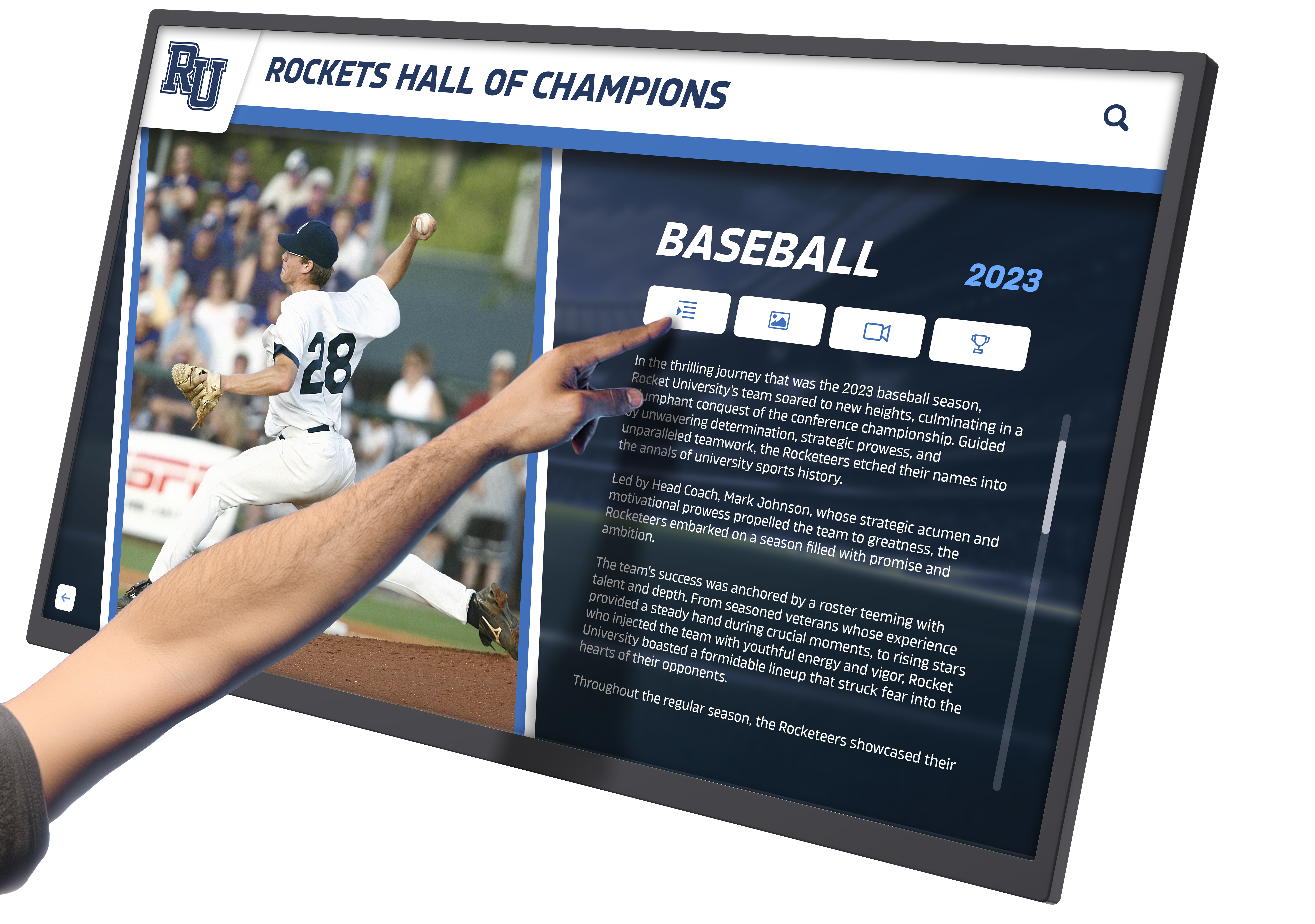
Combining Alumni Games with Archive Launches
The most effective programs strategically combine alumni game events with photo archive launches or updates, creating synergistic benefits from both initiatives.
Using Alumni Games to Launch Archives
Alumni game gatherings provide perfect occasions for unveiling new photo archives or display installations.
Strategic Launch Benefits:
Captive Engaged Audience: Alumni attending games arrive already interested in program history and eager to engage with recognition and memory-preserving initiatives. Their presence creates ideal conditions for introducing archive resources.
Content Contribution Opportunities: Alumni gatherings enable on-site photo collection as attendees bring memorabilia to share. Set up scanning stations where alumni can contribute physical photos immediately. Record oral histories or video testimonials preserving memories alongside visual archives.
Ceremonial Significance: Formally unveiling new displays or archives during alumni events creates memorable moments that honor past while celebrating present program state. Involve distinguished alumni or longtime coaches in unveiling ceremonies for added significance.
Immediate Feedback: Gather immediate reactions, suggestions, and additional content offers from alumni experiencing new archives firsthand. This feedback informs continuous improvement while alumni engagement remains high.
Marketing and Awareness: Alumni return to their communities and networks with stories about impressive new archives, generating organic word-of-mouth marketing that extends reach beyond event attendees to broader alumni populations.
Using Archives to Enhance Alumni Games
Conversely, comprehensive photo archives significantly enhance alumni game experiences.
Archive Integration Strategies:
Pre-Game Memory Lanes: Create displays featuring photos from different program eras. Position timeline displays where arriving alumni naturally gather, sparking conversations and memory sharing before games begin. Team photo archives accessible through mobile devices allow alumni to pull up specific seasons while reminiscing with former teammates.
Personalized Recognition: Use archives to create personalized displays for attending alumni. When notable alumni register, prepare display content featuring their playing years, achievements, and teams. This personalized recognition demonstrates appreciation while honoring their contributions.
Interactive Engagement Stations: Set up multiple touchscreen displays where alumni explore archives during breaks between games or at post-game receptions. Alumni naturally gravitate toward these displays, using them as conversation catalysts while discovering photos they hadn’t seen in decades.
Game Day Presentations: Incorporate archive photos into pre-game or halftime presentations. Show championship teams on anniversary years, highlight attending alumni’s accomplishments, or present program evolution through visual timelines. These presentations entertain while educating about program legacy.
Social Media Integration: Create event-specific hashtags encouraging alumni to share archive photos they discover, generating organic social media content that extends event reach and maintains engagement after games conclude.

Measuring Impact and Continuous Improvement
Successful programs systematically evaluate alumni games and archive initiatives, using data and feedback to continuously improve programming.
Quantitative Success Metrics
Track specific metrics connecting alumni programs to desired outcomes:
Participation Metrics:
- Alumni attendance numbers over time
- Participation rates relative to contacted alumni
- Geographic diversity of attending alumni
- Representation across graduating decades
- First-time attendee percentages indicating outreach success
Engagement Indicators:
- Time spent interacting with digital displays
- Archive search queries and popular content
- Photo contribution rates from alumni
- Social media engagement around events
- Post-event communication and continued connection
Program Support Measures:
- Fundraising revenue from alumni events
- Volunteer hours contributed by returning alumni
- Mentorship connections formed between alumni and current players
- Recruiting interest from prospective families attending games
- Media coverage and community visibility
Facility Usage:
- Digital display interaction frequency
- Archive access statistics online and in-person
- Photo viewing patterns and popular search terms
- Mobile archive access from remote alumni
- Repeat visitor rates to physical and digital displays
Qualitative Assessment
Numbers tell partial stories. Qualitative research provides deeper understanding of how programs impact participant experiences.
Feedback Collection Methods:
Alumni Surveys: Systematically survey event attendees about:
- What motivated their attendance
- Most meaningful aspects of experiences
- Suggestions for improvement
- Interest in future participation
- Whether events met expectations
Current Player Perspectives: Gather input from current teams about:
- What they learned from alumni interactions
- How events influenced motivation or perspective
- Whether archives helped them feel connected to program history
- Suggestions for better structuring alumni-current player interactions
Coach and Staff Observations: Document coaching staff perspectives on:
- Impact on team culture and motivation
- Alumni relationship quality and depth
- Resource requirements relative to benefits
- Integration with broader program goals
Alumni Testimonials: Collect stories and testimonials from alumni describing:
- Memorable moments from events
- How maintaining program connections adds value to their lives
- Perspective on program evolution compared to their playing years
- Willingness to contribute time or resources to program support
Continuous Improvement Cycles
Use measurement data and qualitative feedback to systematically enhance programs:
- Data Collection: Systematically gather quantitative metrics and qualitative feedback
- Analysis: Identify patterns, strengths, weaknesses, and opportunities
- Planning: Develop specific improvements based on evidence
- Implementation: Execute changes to events, archives, or communications
- Evaluation: Assess whether changes produced desired outcomes
- Iteration: Refine approaches based on results and continue the cycle
This disciplined improvement approach ensures alumni programs evolve with changing alumni demographics, technological capabilities, and program needs rather than remaining static as contexts shift.
Best Practices for Long-Term Success
Programs sustaining effective alumni engagement over decades share common characteristics and practices.
Building Sustainable Organizational Structures
Successful long-term programs develop organizational capacity rather than depending on individual heroic efforts.
Committee Development:
Create dedicated alumni relations committees with clear roles:
- Overall coordinator managing planning and communication
- Event logistics manager handling facilities and game arrangements
- Communications lead managing outreach and social media
- Archive curator overseeing photo collection and organization
- Technology manager maintaining digital systems
- Fundraising coordinator if alumni programs support financial goals
Succession Planning: Document processes, maintain organizational knowledge, and develop new committee members ensuring programs survive leadership transitions. When key organizers graduate, move away, or reduce involvement, prepared successors maintain continuity.
Institutional Integration: Embed alumni programs in broader school or club structures rather than operating as independent initiatives. Athletic directors, booster clubs, and alumni associations provide institutional homes ensuring long-term support and resource availability.
Maintaining Year-Round Engagement
The most effective programs maintain ongoing alumni connections rather than activating relationships only when organizing events.
Consistent Communication:
- Regular social media content featuring throwback photos
- Email newsletters with program updates
- Birthday or achievement recognition for alumni
- Periodic surveys gathering alumni perspectives
- Advance notice of upcoming events and opportunities
Continuous Archive Development:
- Ongoing photo collection and digitization
- Regular archive updates highlighting new content
- Featured alumni spotlights on specific individuals
- Historical retrospectives on anniversary dates
- Interactive content encouraging alumni participation
Diverse Participation Opportunities:
Not all alumni can attend in-person events, but many want connections. Provide multiple engagement pathways:
- Virtual attendance options for games or presentations
- Online archive contributions from remote alumni
- Mentorship programs connecting alumni with current players
- Speaking opportunities at team functions
- Advisory roles providing program input
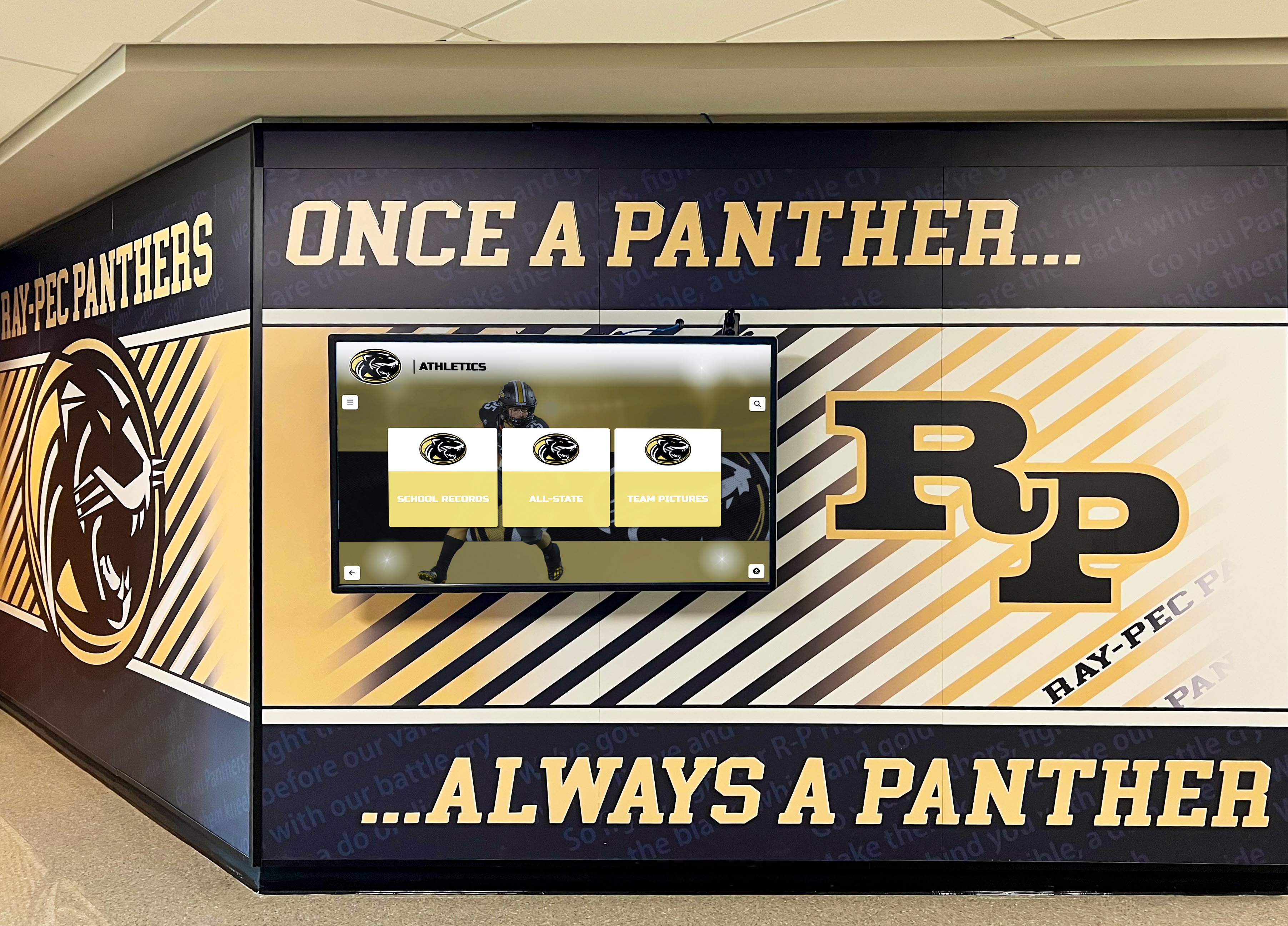
Leveraging Technology for Scale and Accessibility
Modern platforms enable alumni engagement at scales impossible with traditional approaches.
Digital Platform Benefits:
Solutions like interactive hall of fame displays and online archives provide:
- Worldwide Access: Alumni anywhere can engage with program history and maintain connections
- Always Available: 24/7 accessibility accommodates diverse schedules and time zones
- Low Marginal Cost: Once established, digital platforms serve additional users with minimal incremental cost
- Rich Analytics: Usage tracking reveals what content resonates and how alumni engage
- Easy Updates: Content management systems enable non-technical staff to maintain current information
Integration Opportunities:
Modern systems integrate with broader school or athletic department platforms:
- Connection to broader alumni engagement strategies
- Integration with overall athletic recognition programs
- Coordination with fundraising and development systems
- Links to current team information and schedules
- Unified branding across recognition initiatives
Balancing Tradition and Innovation
Successful programs honor tradition while embracing innovation, maintaining what works while improving and adapting.
Tradition Preservation:
- Maintain signature event elements alumni expect and anticipate
- Honor program history and founding values
- Recognize milestone anniversaries and significant achievements
- Preserve historical materials and artifacts
- Maintain continuity in event timing and format basics
Innovative Enhancement:
- Implement new technologies improving accessibility and engagement
- Experiment with event formats and programming elements
- Gather alumni input on potential changes
- Learn from other successful programs’ approaches
- Adapt to changing alumni demographics and preferences
The key is viewing tradition and innovation as complementary rather than competing—using modern tools to preserve and share tradition more effectively while respecting what alumni value about program history and identity.
Conclusion: Building Legacy Through Connection
Soccer alumni games and photo archives represent far more than nostalgic gatherings or historical documentation—they’re strategic investments in program culture, community building, and sustained excellence across generations. When former players return to engage with programs, current athletes gain perspective on tradition, achievement standards, and the lasting value of their participation. When comprehensive archives preserve decades of memories, entire communities maintain connections to institutions and programs that shape individual lives and community identity.
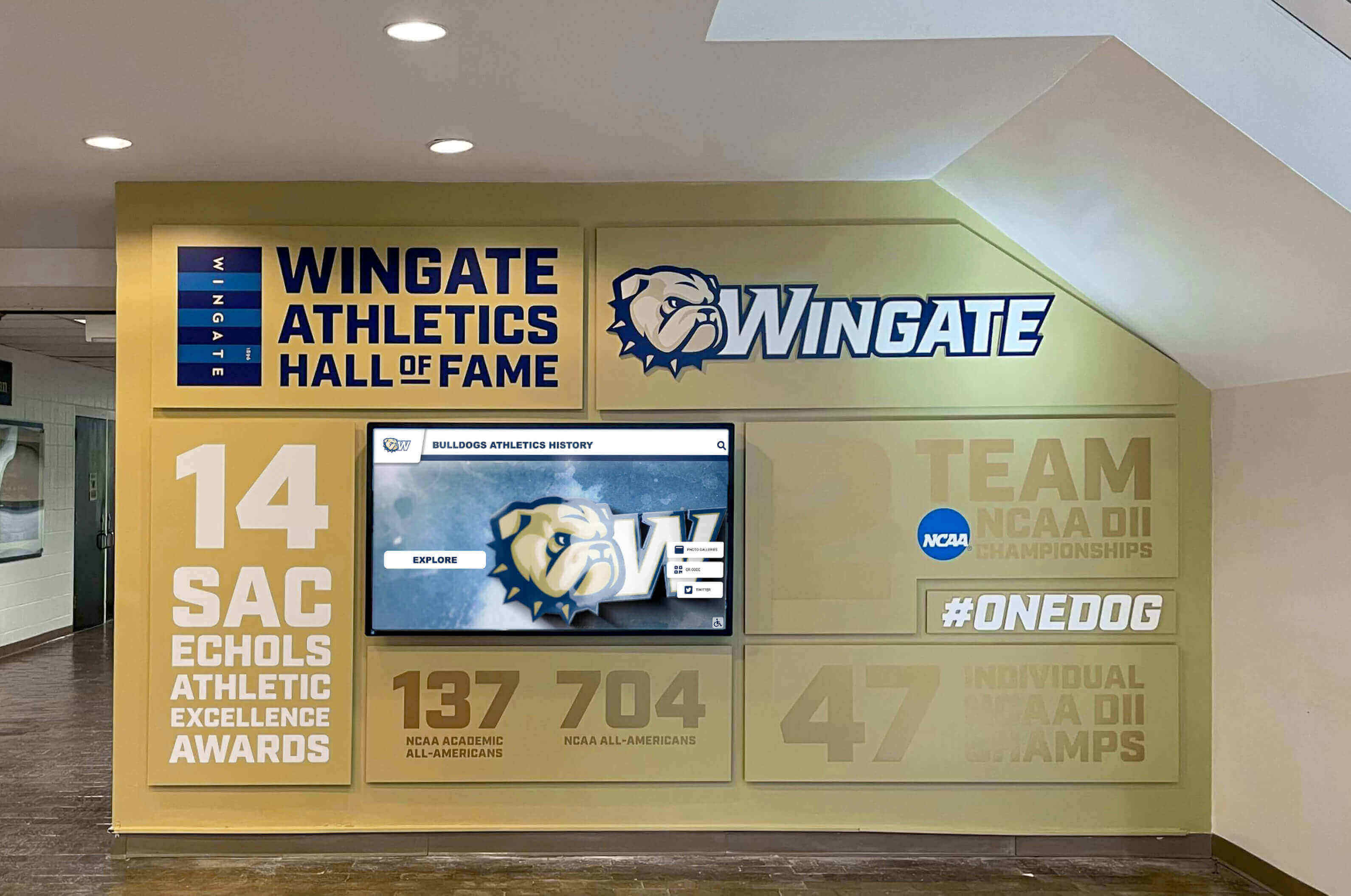
The most successful programs share common characteristics: thoughtful planning that anticipates logistics while creating meaningful experiences, comprehensive archives that preserve history in accessible formats, modern technology that enables engagement at scale, consistent execution that builds trust and participation over time, and genuine commitment to honoring past while building toward future excellence.
Key Principles for Success:
- Plan alumni games as comprehensive experiences beyond just playing matches
- Communicate early and often through multiple channels reaching diverse alumni
- Collect and organize photos systematically building comprehensive archives
- Implement digital solutions that enhance rather than replace traditional recognition
- Measure impact systematically and improve based on evidence
- Build sustainable organizational structures ensuring long-term continuity
- Maintain year-round engagement rather than activating relationships only for events
- Balance tradition preservation with innovative enhancement
- Integrate alumni programs with broader institutional goals
- View investment in alumni engagement as strategic rather than optional
Modern recognition solutions make implementing these principles more achievable than ever. Platforms like Rocket Alumni Solutions provide comprehensive capabilities specifically designed for athletic recognition, combining photo archives, interactive displays, event management, and communication tools in systems that schools and clubs can easily maintain without extensive technical expertise.
Ready to Transform Your Soccer Alumni Program?
Whether you’re planning your first alumni game, enhancing existing programs, or creating comprehensive photo archives preserving decades of memories, modern digital solutions enable recognition experiences that honor the past while inspiring future excellence. Discover how interactive touchscreen displays can showcase your program’s history, explore best practices for athletic recognition, or learn about creating comprehensive photo archives accessible to worldwide alumni.
Start building connections that last—because the memories created on soccer fields and the relationships forged through shared competition deserve celebration, preservation, and ongoing cultivation across generations.




































